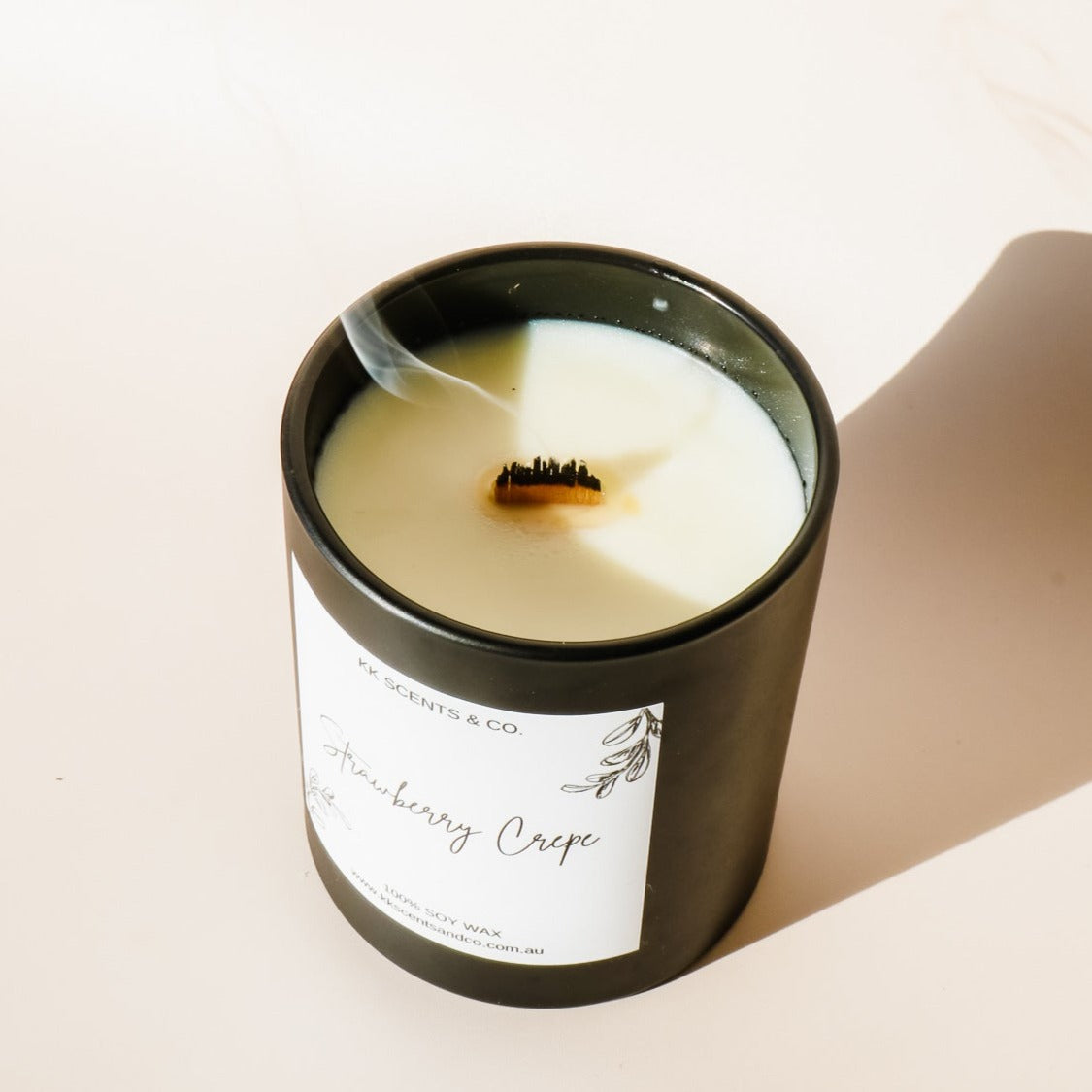Encounter the Calmness of Crystal Soy Candles and Home Fragrance
Encounter the Calmness of Crystal Soy Candles and Home Fragrance
Blog Article
From Wick to Wax: Understanding the Chemistry Behind Soy Wax Candles and Their Environmental Influence
As we illuminate our areas with the cozy radiance of candle lights, there lies a realm of detailed chemistry behind the relatively easy act of lighting a soy wax candle light. The selection in between soy and paraffin wax expands past plain appearances, diving into the realm of ecological impact and the very composition of the materials. Understanding the molecular framework of soy wax and its burning process clarifies the exhausts launched right into our environments. Join us as we untangle the scientific ins and outs behind soy wax candle lights and explore their implications on our atmosphere.
Soy Wax Vs. Paraffin Wax
When comparing soy wax and paraffin wax for candle light making, it is necessary to understand the distinct characteristics and advantages of each product. Soy wax is an all-natural, renewable energy derived from soybean oil, making it naturally degradable and green - soy candles. On the other hand, paraffin wax is a by-product of oil refining, which elevates problems about its environmental impact and sustainability
Soy wax candle lights melt cleaner and send out less soot contrasted to paraffin wax candle lights, making them a healthier selection for interior air quality. In addition, soy wax has a lower melting factor, permitting a longer-lasting candle light that distributes fragrance more properly. Paraffin wax, on the other hand, has a tendency to melt faster and less cleanly, possibly launching dangerous chemicals right into the air.
From a sustainability perspective, soy wax is preferred for its biodegradability and sustainable sourcing, aligning with the expanding customer choice for environmentally aware items. While paraffin wax has been a typical selection in candle making because of its cost and simplicity of usage, the change in the direction of eco-friendly alternatives like soy wax is getting momentum in the industry.
Chemical Composition of Soy Wax

Burning Process in Soy Candles
The chemical composition of soy wax straight influences the combustion procedure in soy candles, affecting factors such as burn time, aroma release, and environmental influence. When a soy candle light is lit, the warmth from the flame melts the wax near the wick.
The combustion effectiveness of soy candle lights is affected by the purity of the soy wax and the top quality of the wick. In addition, soy wax candles have a reduced ecological effect contrasted to paraffin candles due to their eco-friendly and eco-friendly nature.

Ecological Benefits of Soy Wax

Thought about a lasting alternative to conventional paraffin wax, soy wax supplies significant ecological benefits that make it a preferred option amongst eco-conscious consumers. Soy wax burns cleaner and creates less soot than paraffin wax, adding to far better indoor air top quality and reducing the demand for cleansing and upkeep. On the whole, the environmental benefits of soy wax line up with the growing need for sustainable and green items in the market.
Recycling and Disposal Considerations
Reusing and proper disposal of soy wax candle lights play an important duty in maintaining ecological sustainability and reducing waste in households and areas. When it comes to recycling soy wax candle lights, the very first step is to make certain that the candle light has melted entirely.

In regards to disposal, if recycling is not an option, soy wax candles are eco-friendly and can be safely gotten rid of in a lot of home waste systems. It is constantly recommended to inspect with regional reusing centers or waste management services for specific guidelines on candle disposal to make certain appropriate handling and environmental security.
Conclusion
In verdict, the chemistry behind soy wax candles discloses their ecological benefits over paraffin wax candle lights. Soy wax, acquired from soybean oil, burns cleaner and produces much less soot when compared to paraffin wax.
When comparing soy wax and paraffin wax for candle production, it is vital to recognize the distinctive characteristics and advantages of each material (soy candles).Soy wax candle lights melt cleaner and send out less soot contrasted to paraffin wax candles, making them a much healthier selection for interior air top quality.Thought home fragrance about a lasting choice to conventional paraffin wax, soy wax offers remarkable ecological advantages that make it a preferred option amongst eco-conscious customers. Soy wax burns cleaner and generates much less residue than paraffin wax, adding to far better interior air quality and lowering the need for cleansing and maintenance.In conclusion, the chemistry behind soy wax candle lights discloses their ecological benefits over paraffin wax candles
Report this page